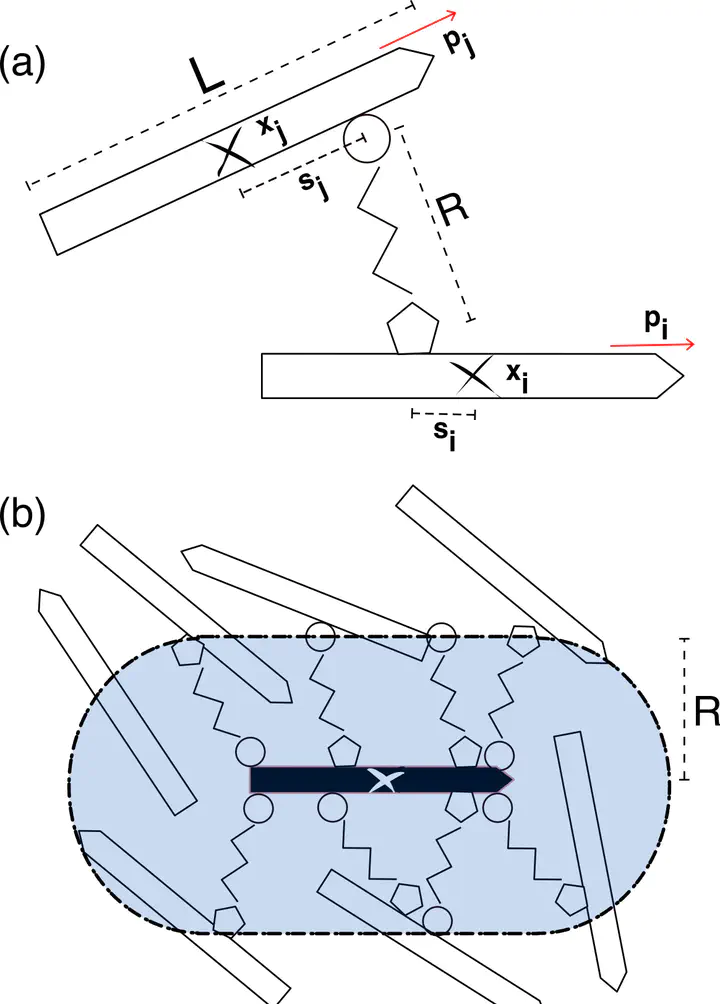
Abstract
Living matter moves, deforms, and organizes itself. In cells this is made possible by networks of polymer filaments and crosslinking molecules that connect filaments to each other and that act as motors to do mechanical work on the network. For the case of highly cross-linked filament networks, we discuss how the material properties of assemblies emerge from the forces exerted by microscopic agents. First, we introduce a phenomenological model that characterizes the forces that crosslink populations exert between filaments. Second, we derive a theory that predicts the material properties of highly crosslinked filament networks, given the crosslinks present. Third, we discuss which properties of crosslinks set the material properties and behavior of highly crosslinked cytoskeletal networks. The work presented here, will enable the better understanding of cytoskeletal mechanics and its molecular underpinnings. This theory is also a first step toward a theory of how molecular perturbations impact cytoskeletal organization, and provides a framework for designing cytoskeletal networks with desirable properties in the lab.